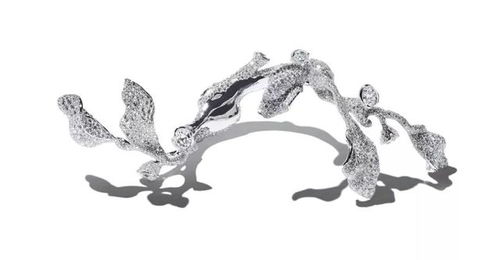Content:
Introduction: Angling for big fish is a thrilling pursuit that requires patience, skill, and a deep understanding of the underwater world. Whether you're targeting a trophy-sized bass, a majestic salmon, or a powerful muskie, mastering the art of catching big fish can elevate your angling experience to new heights. In this article, we will delve into the essential techniques and tips that will help you discover how to fish for big fish effectively.
Understanding the Behavior of Big Fish: Before you can successfully catch a big fish, it's crucial to understand their behavior. Big fish often exhibit different patterns and habits compared to smaller fish. Here are some key points to consider:
a. Habitat: Big fish tend to inhabit specific areas, such as deep holes, structure, or vegetation. Identifying these prime spots is the first step in locating a big fish.
b. Feeding Patterns: Big fish often feed during low-light conditions or during dawn and dusk. Knowing when to fish can significantly increase your chances of success.
c. Size of the Bait: Big fish require larger baits to satisfy their hunger. Using lures or baits that mimic the size and movement of natural prey is essential.
Choosing the Right Equipment: To effectively target big fish, it's important to have the right equipment. Here are some key considerations:
a. Rod and Reel: Choose a rod and reel that can handle the size and strength of the fish you're targeting. A heavier rod with a strong backbone will help you fight and land a big fish.
b. Line: Use a line that is strong enough to handle the size and strength of the fish. Monofilament, fluorocarbon, or braided line can be suitable, depending on the situation.
c. Hooks: Use large hooks that are strong and sharp. Big fish can be more challenging to hook and land, so having a reliable hook is crucial.
Lure Selection and Presentation: Selecting the right lure and mastering its presentation are vital skills for catching big fish. Here are some tips:
a. Lure Selection: Choose lures that mimic the movement and appearance of natural prey. Big fish are often cautious, so realistic lures can trigger a strike.

b. Color and Size: Use lures that match the color and size of the forage fish in the area. This increases the likelihood of triggering a bite.
c. Retrieval Techniques: Experiment with different retrieval techniques, such as slow retrieves, twitching, or steady retrieves. Pay attention to the behavior of the fish and adjust your technique accordingly.
Patience and Persistence: Catching big fish requires patience and persistence. Here are some tips to help you stay focused and increase your chances of success:
a. Be Prepared: Spend time preparing your equipment and baits before heading out. This will help you stay organized and focused during your fishing trip.
b. Learn from Experience: Keep a journal of your fishing trips, noting the techniques that worked and those that didn't. This will help you refine your approach over time.
c. Adaptability: Be willing to adapt your techniques based on the conditions and the behavior of the fish. Sometimes, changing your lure, color, or retrieval technique can make a significant difference.
Conclusion: Catching big fish is a challenging but rewarding endeavor that requires a combination of knowledge, skill, and patience. By understanding the behavior of big fish, choosing the right equipment, selecting appropriate lures, and maintaining a patient and adaptable mindset, you'll be well on your way to discovering the secrets of catching big fish. So grab your rod, tie on a big lure, and embark on an unforgettable angling adventure!












